This article was co-authored by wikiHow staff writer, Ali Garbacz. Our trained team of editors and researchers validate articles for accuracy and comprehensiveness.
wikiHow’s Content Management Team carefully monitors the work from our editorial staff to ensure that each article meets our high quality standards.
There are 8 references cited in this article, which can be found at the bottom of the page.
Learn more...
If you’re new to Greek mythology, you might be wondering what the differences are between the Minotaur and the centaur. Both end in -taur, so how different can they be? While both are key figures and iconic mythical creatures in Greek mythology, their appearances, origins, and myths are quite different. We’re here to tell you all about these fantastical creatures, and soon enough you’ll be an expert in this small part of the wonderful world of Greek mythology.
Things You Should Know
- The Minotaur was a mythological monster with the head of a bull and the body of a man.
- Centaurs had the upper half of a man and lower body of a horse, and they were their own race.
- The Minotaur is well-known as the monster Theseus slayed in the Labyrinth to save the people of Athens.
- The centaurs were regarded as brutish and barbaric, and are famous for their battle with the Lapiths.
Steps
Disposition
-
1The Minotaur was a violent beast that feasted on human flesh. Wanting to hide his monstrosity away, King Minos had the inventor Daedalus create an elaborate labyrinth to house the Minotaur. The creature was incredibly violent and feasted on a diet that consisted solely of human flesh. The Minotaur was more beast than human, and was greatly feared by the residents of Athens.[6]
-
2Centaurs were more human-like and ate the same food as humans. For the most part, the centaurs lived in the forests around Mount Pelion in Thessaly. They were mischievous, loved violence, and were generally not favorably viewed by locals. They tended to give in to their more animalistic side, but still had the capability to converse and think. They also lived off of normal human food and, being followers of the wine god Dionysus, weren’t opposed to a good glass of wine.[7]
- The centaur Chiron was the only exception to the brutish image centaurs were given, and he was dubbed “the most righteous of Centaurs” by Homer. He was one of the wisest beings in Greek mythology and the teacher of many famous heroes, including Achilles, Hercules, Perseus, and Theseus.
References
- ↑ https://ancientart.as.ua.edu/the-minotaur-in-ancient-greece/
- ↑ https://greekreporter.com/2022/11/25/centauridae-ancient-greek-mythology/
- ↑ https://ancientart.as.ua.edu/the-minotaur-in-ancient-greece/
- ↑ https://www.thecollector.com/centaur-in-greek-art/
- ↑ https://www.brown.edu/Departments/Joukowsky_Institute/courses/greekpast/4868.html
- ↑ https://ancientart.as.ua.edu/the-minotaur-in-ancient-greece/
- ↑ https://www.thecollector.com/centaur-in-greek-art/
- ↑ https://ancientart.as.ua.edu/the-minotaur-in-ancient-greece/
- ↑ https://www.brown.edu/Departments/Joukowsky_Institute/courses/greekpast/4868.html
- ↑ https://scalar.usc.edu/works/ancient-art/representations-of-the-minotaur-and-his-story
- ↑ https://www.brown.edu/Departments/Joukowsky_Institute/courses/greekpast/4868.html
- ↑ https://pantheon.org/articles/s/satyr.html
- ↑ https://www.greeklegendsandmyths.com/sphinx.html
- ↑ https://historycooperative.org/echidna/
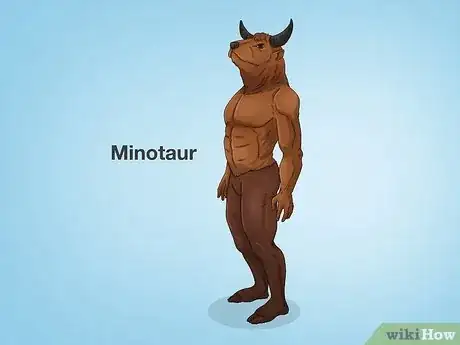
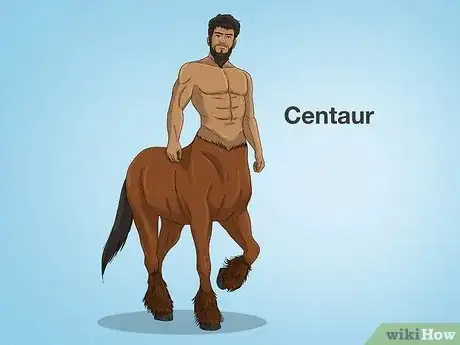
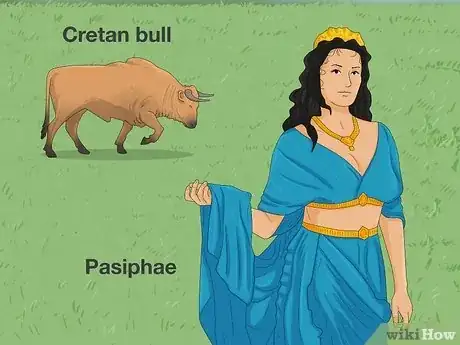
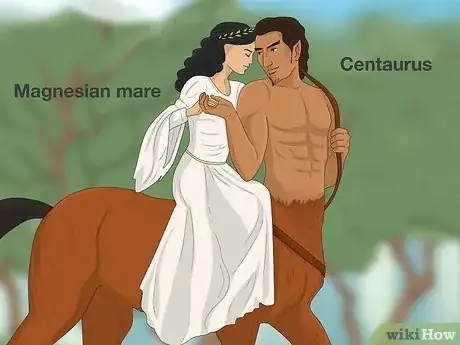
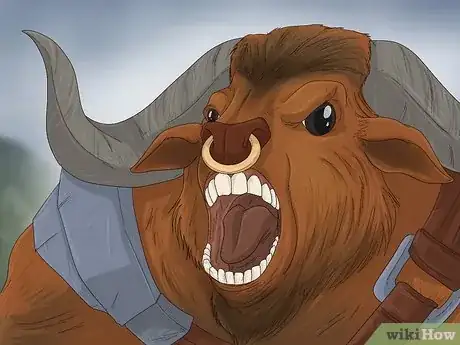

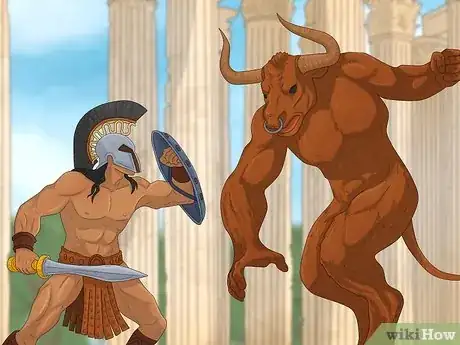



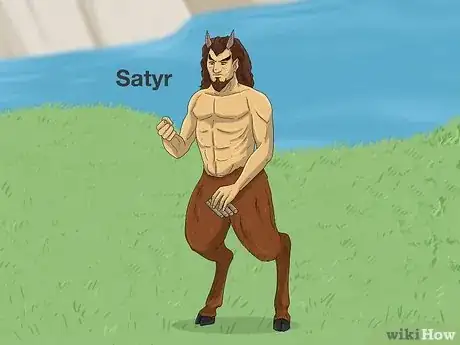
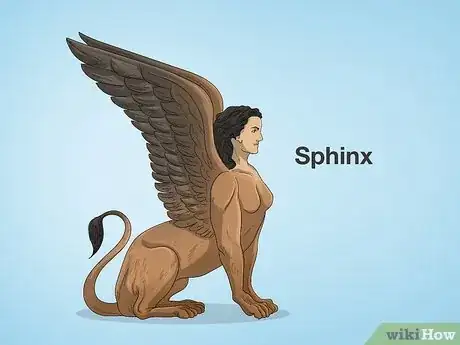
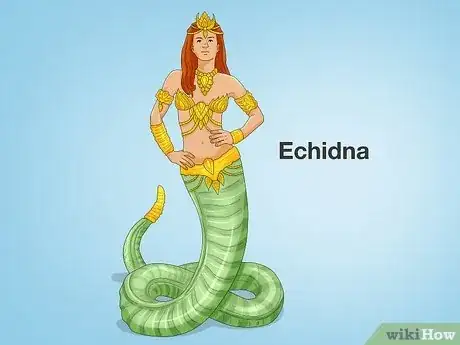









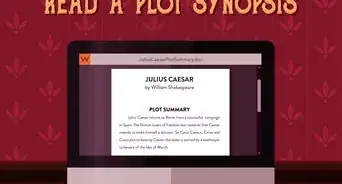


















































wikiHow’s Content Management Team carefully monitors the work from our editorial staff to ensure that each article meets our high quality standards.